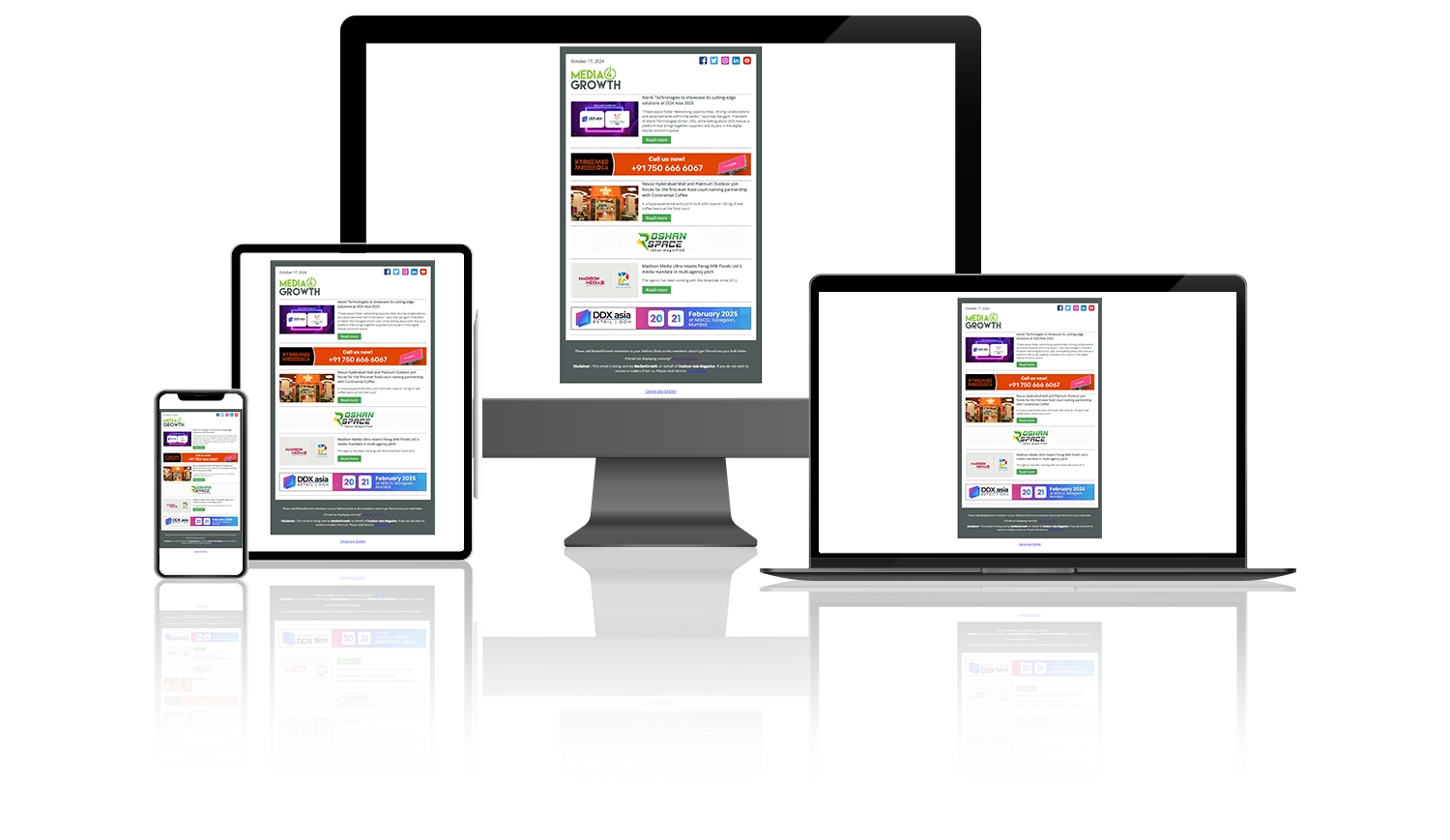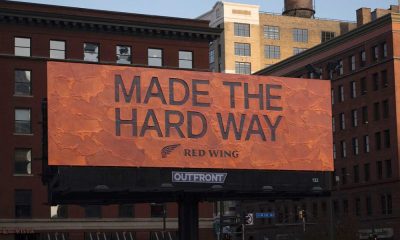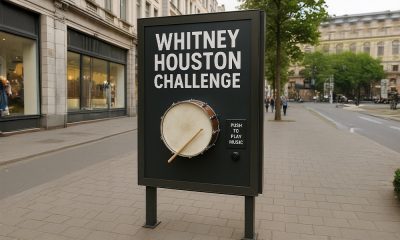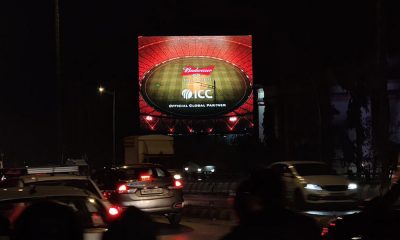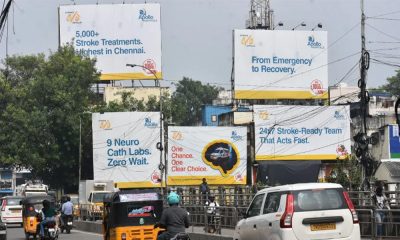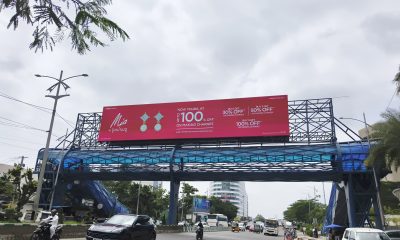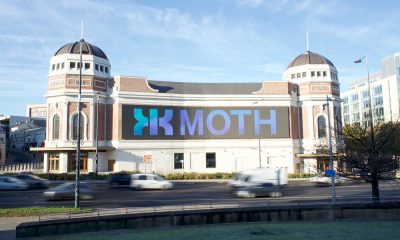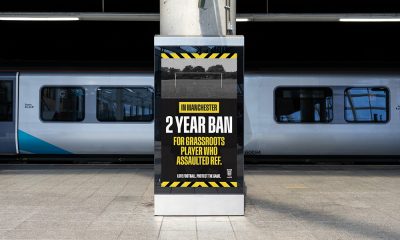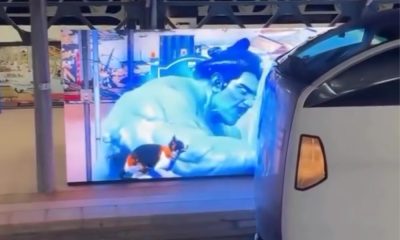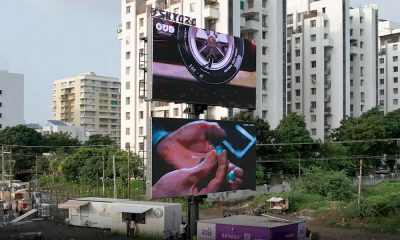Urban Planning
This is more than just advertising, it’s about creating urban infrastructure that works for everyone
Manosh De argues that outdoor advertising (OOH media) can be seamlessly integrated into urban planning to enhance public spaces, improve aesthetics, and support municipal goals.

Outdoor advertising has traditionally been associated with cluttered billboards and posters dominating urban landscapes. However, a transformation is underway, blending advertising with urban planning to enhance public spaces, foster sustainability, and create a harmonious urban environment. Manosh, an urban planner, emphasizes, “The convergence of out-of-home (OOH) advertising and urban planning presents a unique opportunity to transform public space.” This innovative approach turns outdoor advertising into a tool for aesthetic, functional, and economic enrichment.
The synergy of design and urban identity
Modern urban planning emphasizes the thoughtful integration of advertising with urban design. Cities like London and Paris exemplify this approach, where advertising structures complement architectural aesthetics. Bespoke designs ensure that OOH media harmonizes with surroundings, preserving the character of the urban landscape.
Dubai’s futuristic smart bus and metro shelters epitomize this trend. These climate-controlled structures not only serve practical purposes but also reflect the city’s visionary design ethos, becoming iconic urban elements. Similarly, Paris’s Vélib’ bicycle-sharing system, funded by advertising, seamlessly combines functionality with sustainable transportation. Manosh notes, “Such initiatives demonstrate how advertising can support municipal objectives while improving the urban experience.”
Balancing heritage with modernity
Cities like Rome and Paris show how advertising can coexist with heritage preservation. Revenue from strategically placed advertisements has funded the restoration of historic monuments. Iconic advertising structures, such as Paris’s Morris columns, have become landmarks, merging commercial interests with cultural preservation. As Manosh observes, “When done thoughtfully, OOH media can enhance urban character and even become part of a city’s identity.”
Addressing environmental concerns
The integration of OOH media into urban landscapes extends to environmental stewardship. Utrecht’s “bee-friendly” bus stops, topped with green roofs, exemplify how advertising spaces can support urban biodiversity. The “Dark Sky” initiative further illustrates how cities like Sydney and Hong Kong are designing illuminated advertisements to minimize light pollution, ensuring coexistence with nocturnal ecosystems. According to Manosh, “These initiatives show how advertising and environmental goals can align, creating solutions that benefit both people and the planet.”
Beyond commerce: Social and cultural impact
OOH media increasingly serves as a platform for social messaging. Campaigns like “Women of Paris” have transformed mundane spaces into hubs of education and reflection, celebrating societal contributions while enhancing the urban experience. “Such campaigns show the power of OOH media to inspire and educate, beyond just selling products,” says Manosh.
Financial and technological opportunities
Collaborative frameworks between media owners and municipalities can unlock significant revenue streams. Profit-sharing agreements from advertising-supported infrastructure can fund public services and urban projects. Technological innovations further expand possibilities. Smart city initiatives could integrate advertising with data collection for urban development, while augmented reality could transform static advertisements into interactive experiences.
Manosh highlights the potential, saying, “This is more than just advertising—it’s about creating urban infrastructure that works for everyone.”
A future vision for integrated cities
To achieve this vision, cities must balance commercial objectives with public welfare. Comprehensive frameworks like Singapore’s advertising control regulations and Amsterdam’s design policies set benchmarks for harmonizing urban aesthetics with OOH media. By aligning advertising with urban planning, cities can foster environments that are livable, engaging, and economically vibrant.
As Manosh concludes, “When marketers, media owners, and urban planners work together, the result is cities that not only function better but also feel better. This synergy is the future of urban living.”
-
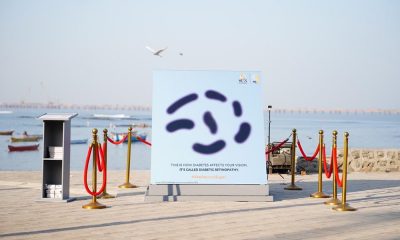
 Campaigns
CampaignsSun Pharma drives impactful Diabetic Retinopathy Awareness campaign
-

 Insights
InsightsWhy DOOH works in the era of Attention Economics
-

 People
PeopleMarico Appoints Vikram Karwal as Chief Marketing Officer
-

 Podcast
PodcastMarketing, Culture & the Power of OOH: A candid conversation with Abhishek Shetty, Marketing Head, Swiggy Instamart


